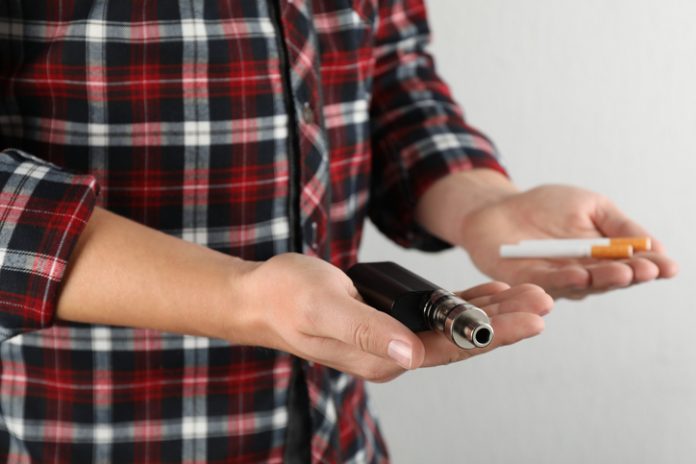The Australian Institute of Health and Welfare’s National Drug Strategy Household Survey 2022-2023 has found that less than 10 per cent of people are smoking daily, while the use of e-cigarettes tripled.
‘Smoking is the leading cause of preventable disease and death in Australia, so it’s encouraging that we continue to see a decrease in the use of tobacco by people in Australia,’ said AIHW spokesperson Dr Gabrielle Phillips.
The proportion of people in Australia aged 14 and over who smoke daily has dropped by two-thirds from 24 per cent in 1991 to 8.3 per cent in 2022–2023. Meanwhile, the proportion who have never smoked continues to rise, up from 49 per cent in 1991 to 65 per cent in 2022–2023.
‘Vaping was most common among people aged 18–24, with current use increasing substantially between 2019 (5.3 per cent) and 2022–2023 (21 per cent). Half (49 per cent) of people aged 18–24 reported having tried an e-cigarette in their lifetime,’ said Dr Gabrielle Phillips.
Older age groups were the most likely to smoke tobacco in 2019 and 2022–2023 and the least likely to use e-cigarettes. Younger age groups were the most likely to use e-cigarettes and less likely to smoke tobacco in 2019 and 2022–2023.
Alcohol remains the most commonly used drug in Australia, with about 3 in 4 (77 per cent) Australians reporting they consumed alcohol in the previous 12 months.
‘Despite updated guidelines to reduce alcohol-related harms, the proportion of people in Australia who drink alcohol at risky levels has not changed since 2019,’ Dr Gabrielle Phillips said.
Around 1 in 3 people (31 per cent) drank alcohol in ways that put their health at risk in 2022–2023, similar to 2019 (32 per cent).
Males were more likely to drink at risky levels than females in 2022–2023 (39 per cent compared to 23 per cent).
The proportion of males drinking at risky levels has been on a long-term decline, from 50 per cent in 2007 to 39 per cent in 2022–2023. A similar trend occurred among females, but the change was much more gradual (from 27 per cent in 2007 to 23 per cent in 2022–2023).
‘Males have historically been more likely to use illicit drugs than females, however 2022–2023 was the first time since monitoring began that females aged 18–24 were as likely to use illicit drugs as males of the same age,’ said Dr Gabrielle Phillips.
In 2022–2023, more than 1 in 3 (35 per cent) females aged 18–24 reported recent use of illicit drugs, up from around 1 in 4 (27 per cent) in 2019. Recent use among young males remained stable at 35 per cent in 2022–2023.
‘Between 2019 and 2022–2023, the use of cannabis (up from 20 per cent to 26 per cent) and cocaine (up from 8.0 per cent to 11.9 per cent) increased substantially among young females aged 18–24,’ said Dr Gabrielle Phillips.
‘Males have historically been more likely to use illicit drugs than females, however 2022–2023 was the first time since monitoring began that females aged 18–24 were as likely to use illicit drugs as males of the same age,’ said Dr Gabrielle Phillips










